Home>Dining>Events & Etiquette>Dinner Invitation Etiquette: What Time To Serve
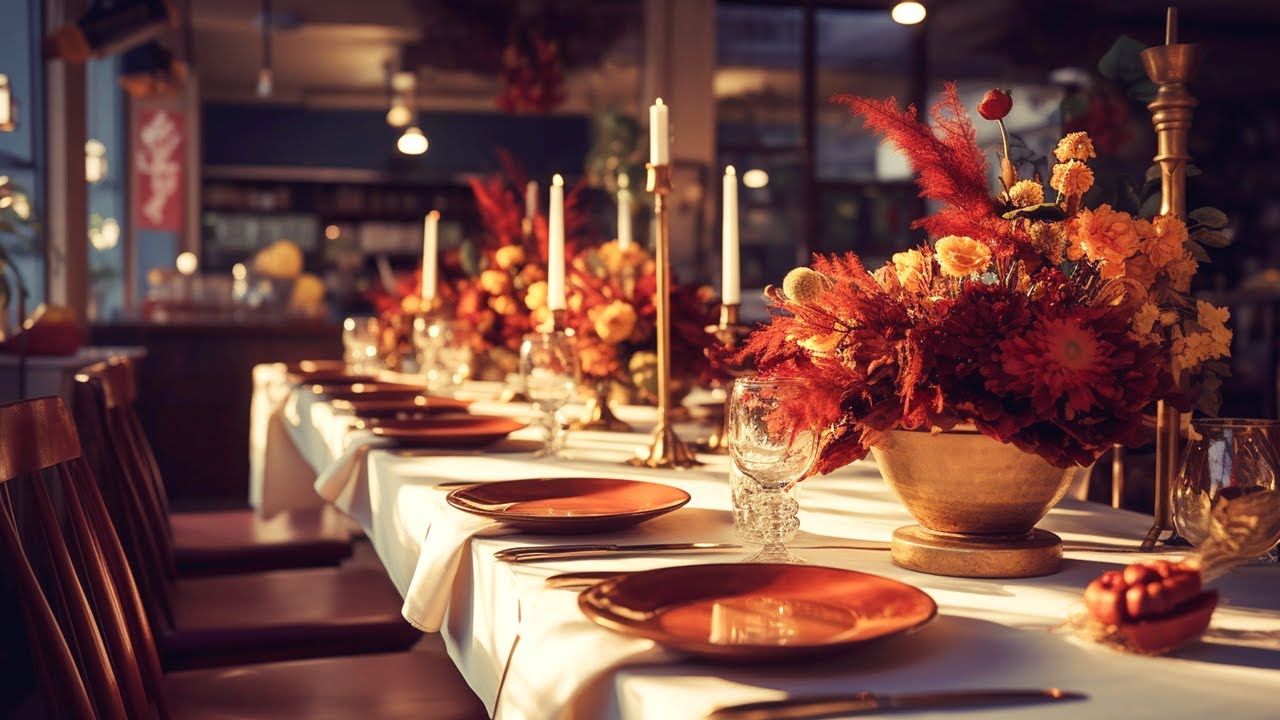

Events & Etiquette
Dinner Invitation Etiquette: What Time To Serve
Modified: March 6, 2024
Discover essential dinner invitation etiquette tips, including when to serve the meal, for your next event. Ensure a memorable and enjoyable evening with proper event and etiquette practices.
(Many of the links in this article redirect to a specific reviewed product. Your purchase of these products through affiliate links helps to generate commission for Storables.com, at no extra cost. Learn more)
Introduction
When it comes to hosting a dinner party or formal event, there are many elements to consider in order to create a memorable and enjoyable experience for your guests. One important aspect that often gets overlooked is the timing of the dinner. The time you choose to serve your meal can have a significant impact on the overall flow of the event and the comfort of your guests.
Understanding and following proper dinner invitation etiquette is essential to ensure that your event runs smoothly and is a success. By taking into account various factors such as cultural norms, guest preferences, and the specific occasion, you can determine the most suitable dinner time for your event.
In this article, we will explore the importance of dinner invitation etiquette and guide you through the considerations involved in deciding the dinner time. Whether you are hosting a formal black-tie affair or a casual dinner gathering, understanding the etiquette of serving dinner will help you create a delightful experience for your guests.
Key Takeaways:
- Proper dinner invitation etiquette is crucial for creating a welcoming atmosphere and ensuring a seamless flow of events. Consider cultural norms, guest preferences, and the type of occasion when deciding the dinner time.
- Hosting a successful dinner event involves adhering to etiquette guidelines for serving dinner. From timing and seating arrangements to accommodating dietary needs, attention to detail creates a refined and enjoyable dining experience for guests.
Read more: What To Write In A Dinner Invitation
Why Dinner Invitation Etiquette Matters
Proper dinner invitation etiquette plays a crucial role in setting the tone for your event and ensuring that all guests feel welcome and comfortable. Here are some key reasons why dinner invitation etiquette matters:
- Hospitality: Inviting guests to your home for a dinner party is an act of hospitality. Adhering to proper etiquette shows respect for your guests and enhances their overall experience. It sets a positive tone and creates a warm and inviting atmosphere.
- Seamless Flow: Following dinner invitation etiquette helps to maintain a seamless flow throughout the event. The timeline of the evening, including the dinner time, determines when guests arrive, when the meal is served, and when conversations or other activities take place. When these elements are well-coordinated, it ensures that the event unfolds smoothly.
- Giving Notice: When you send out invitations with a designated dinner time, it allows guests to plan their schedules accordingly. They can make arrangements for transportation, childcare, and other commitments. By providing clear expectations, you give your guests ample time to prepare and avoid any conflicts or misunderstandings.
- Cultural Considerations: Different cultures may have specific customs and expectations regarding dinner times. Adhering to dinner invitation etiquette shows cultural sensitivity and respect. It ensures that all guests feel included and comfortable regardless of their background.
- Professionalism: If you are hosting a business or formal event, proper dinner invitation etiquette is essential. It reflects your professionalism, attention to detail, and respect for your guests. Following proper etiquette sets the tone for a successful and well-organized gathering.
By understanding and following dinner invitation etiquette, you create a positive and respectful atmosphere for your event. It sets the stage for a memorable and enjoyable experience for all involved.
Factors to Consider when Deciding the Dinner Time
Choosing the right dinner time for your event requires careful consideration. Here are some factors to keep in mind when deciding the optimal dinner time:
- Type of Event: The nature of your event will influence the appropriate dinner time. For formal events such as weddings or fundraisers, a later dinner time, typically around 7:00 or 8:00 p.m., is customary. For more casual gatherings, such as a backyard barbecue or a brunch, you have more flexibility in choosing the dinner time.
- Cultural Considerations: It’s important to be mindful of any cultural norms or expectations regarding dinner times. In some cultures, it is customary for dinner to be served later in the evening. Take into account the backgrounds of your guests and be respectful of their traditions.
- Guest Preferences: Consider the preferences of your guests when deciding the dinner time. If you are hosting an event that includes guests of different age groups or varying dietary needs, it’s important to choose a dinner time that accommodates everyone. Be mindful of any time constraints or scheduling conflicts that your guests may have.
- Length of the Event: The duration of your event will also impact the dinner time. If you have planned various activities or entertainment, it’s important to allocate enough time for guests to enjoy these before sitting down for a meal. Consider the flow of the event and ensure that guests have time to mingle and relax before dinner is served.
- Location: The location of your event can also influence the appropriate dinner time. If you are hosting a dinner party at a restaurant, you may need to factor in the restaurant’s availability and operating hours. If your event is at a private venue or your home, consider any transportation logistics or parking limitations that may affect the timing.
By considering these various factors, you can determine the most suitable dinner time for your event. Remember to be flexible and open to accommodating the needs and preferences of your guests to ensure an enjoyable experience for everyone.
Traditional Dinner Times
Throughout history, traditional dinner times have varied based on cultural practices, societal norms, and even geographical location. Understanding these traditional dinner times can provide a helpful framework when planning your own event. Here are some of the traditional dinner times that have been followed:
- Early Evening: In many Western cultures, dinner has traditionally been served in the early evening, typically between 6:00 and 8:00 p.m. This allows for a leisurely mealtime and provides ample time for socializing or other evening activities following the meal.
- Midday: In some cultures, particularly in Mediterranean countries, the main meal is often served in the middle of the day. This tradition dates back to ancient times when people relied on their largest meal during the day to provide sustenance and energy for physical labor.
- Late Evening: In certain regions, such as Spain or Latin America, dinner is commonly enjoyed later in the evening, often starting around 9:00 p.m. or even later. This cultural norm reflects a more relaxed pace of life and a preference for socializing and enjoying the evening before sitting down to eat.
- Formal Dinners: Formal dinners, such as black-tie affairs or extravagant events, generally have a later dinner time, typically around 7:00 or 8:00 p.m. This allows for a more elaborate cocktail hour or reception before guests are seated for the meal.
It’s important to note that these traditional dinner times may not be universally followed today. Modern lifestyles and individual preferences have influenced a shift in dinner time norms. Flexibility and consideration for your specific event and guests should guide your choice of dinner time.
Next, we will explore the modern dinner times that have become more prevalent in today’s society.
When hosting a dinner party, it is generally considered polite to serve dinner no later than 30 minutes after the time stated on the invitation. This allows guests to arrive, mingle, and settle in before the meal.
Modern Dinner Times
In modern times, dinner times have become more diverse and flexible, catering to the schedules and preferences of individuals. Here are some of the modern dinner times that have gained popularity:
- Early Dinner: With busy schedules and early bedtimes, many individuals and families opt for an early dinner. This can range from serving dinner as early as 5:00 or 6:00 p.m. This timing allows for a more relaxed evening and provides an opportunity for families to spend time together before the day winds down.
- Dinner Time Variations: Due to varying work schedules, some individuals may have dinner at different times throughout the week. For example, those who work late shifts or have evening commitments may have dinner as late as 9:00 or 10:00 p.m. This flexibility allows for individuals to prioritize their own routines while still enjoying a meal.
- Weekend Brunch: Brunch has become increasingly popular in modern culture. It combines breakfast and lunch, often featuring a variety of dishes. Weekend brunches are typically served between the hours of 10:00 a.m. and 2:00 p.m., allowing for a more relaxed and social dining experience.
Modern dinner times are often driven by convenience, flexibility, and individual preferences. With the demands of work, family, and social commitments, it’s important to consider these factors when deciding the dinner time for your event. Remember to communicate the chosen dinner time clearly in your invitations to ensure that your guests can plan accordingly.
Next, we will discuss some general etiquette guidelines for serving dinner at your event.
Read more: What To Bring For A Dinner Invitation
Etiquette for Serving Dinner
Serving dinner at a formal event or dinner party requires adherence to proper etiquette to create a refined and enjoyable experience for your guests. Here are some etiquette guidelines to follow:
- Timing: Ensure that dinner is served at the designated time stated in your invitations. Promptness is key to showing respect for your guests’ time and allowing the event to flow smoothly.
- Seating Arrangements: Consider creating a seating plan to facilitate conversation and ensure a balanced mix of guests. Seat couples or individuals who are familiar with one another but also don’t be afraid to mix and introduce new connections.
- Course Order: Traditional formal dinners often follow a course order, starting with appetizers or soup, followed by salad, the main course, and dessert. However, for more casual events, you can opt for a buffet-style or family-style service.
- Serving Style: Depending on the formality of your event, you can choose between plated service, where each course is individually served, or family-style service, where platters of food are placed on the table for guests to help themselves. Communicate your chosen serving style to your guests in advance.
- Table Setting: Set your table with attention to detail to elevate the overall ambiance of a formal dinner. Ensure that each setting is properly arranged with the appropriate tableware, including dinner plates, cutlery, glassware, and napkins. To further enhance the formal atmosphere, consider using place cards to indicate assigned seating.
- Wine Pairing: When planning to serve wine during the meal, it’s helpful to familiarize yourself with basic wine pairing guidelines and consider how many glasses of wine to get drunk for your guests. This awareness can help in moderating consumption. Select wines that complement the flavors of the dishes being served and consider offering both red and white options to accommodate different preferences.
- Special Dietary Needs: Inquire about any dietary restrictions or allergies your guests may have when sending out invitations. Make an effort to provide alternative options to accommodate their needs, ensuring that all guests can enjoy the meal without feeling excluded.
- Graceful Hosting: As the host, it is important to make your guests feel welcome and comfortable throughout the dinner. Take on the role of facilitator, initiating conversation, and ensuring that everyone is engaged. Be attentive to your guests’ needs and graciously address any issues that may arise during the meal.
By following these etiquette guidelines for serving dinner, you will create a refined and enjoyable dining experience for your guests. Remember that etiquette is about making others feel comfortable and appreciated, setting the stage for a successful and memorable event.
Conclusion
Dinner invitation etiquette is a vital component of hosting a successful and memorable event. By carefully considering factors such as the type of event, cultural norms, guest preferences, and the flow of the evening, you can determine the most suitable dinner time for your gathering. Whether you opt for a traditional dinner time or a more modern approach, it’s important to communicate the chosen time clearly to your guests and ensure that it aligns with their schedules and expectations.
Observing proper etiquette when serving dinner is equally important. Timeliness, seating arrangements, course order, serving style, table setting, wine pairing, and attentiveness to special dietary needs all contribute to creating a refined and enjoyable dining experience for your guests.
Remember that the key to successful dinner invitation etiquette lies in making your guests feel comfortable and appreciated. By adopting a considerate and hospitable approach, you set the tone for a warm and welcoming atmosphere.
Whether you’re hosting a formal affair or a casual dinner gathering, following proper dinner invitation etiquette will enhance the overall experience for your guests and ensure that your event is a memorable success. By taking the time to plan and execute your event with etiquette in mind, you demonstrate your appreciation for your guests’ presence and create an environment that fosters meaningful connections and enjoyable moments.
So, the next time you send out dinner invitations or prepare to host a meal, carefully consider the dinner time and follow the guidelines of dinner invitation etiquette. Your thoughtfulness and attention to detail will not go unnoticed, and your guests will appreciate the effort you put into creating a wonderful dining experience.
Frequently Asked Questions about Dinner Invitation Etiquette: What Time To Serve
Was this page helpful?
At Storables.com, we guarantee accurate and reliable information. Our content, validated by Expert Board Contributors, is crafted following stringent Editorial Policies. We're committed to providing you with well-researched, expert-backed insights for all your informational needs.
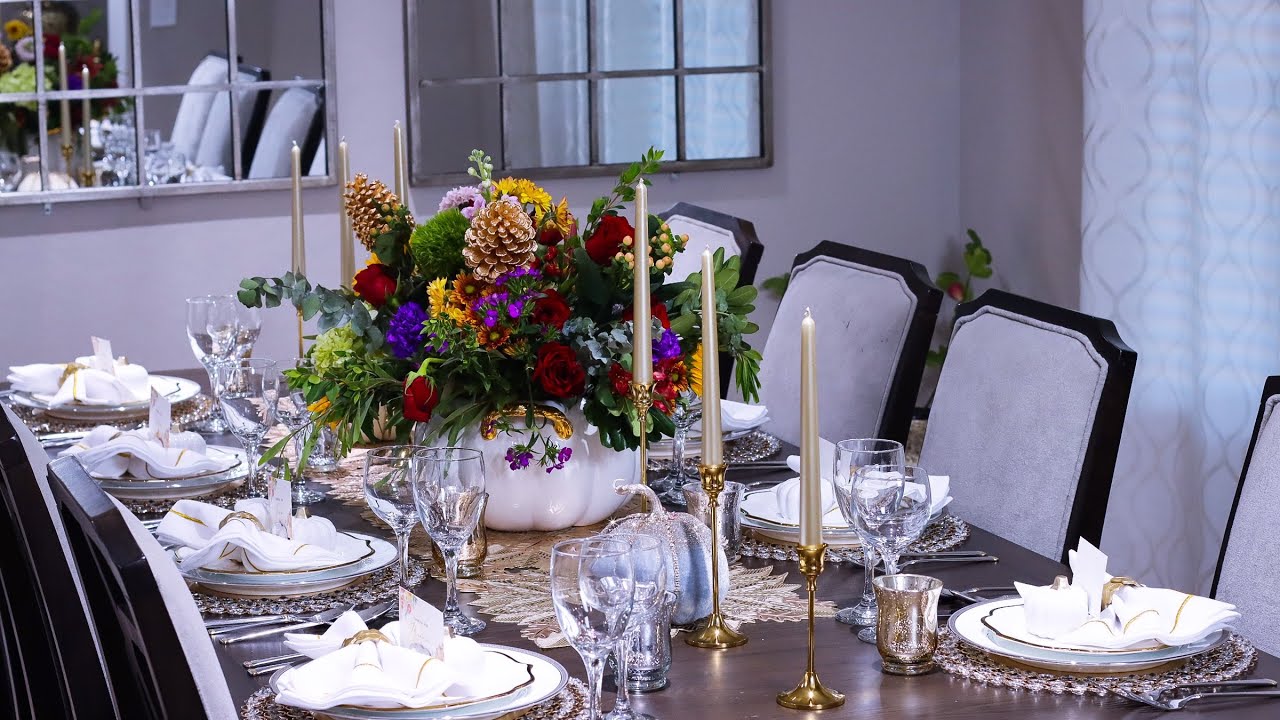
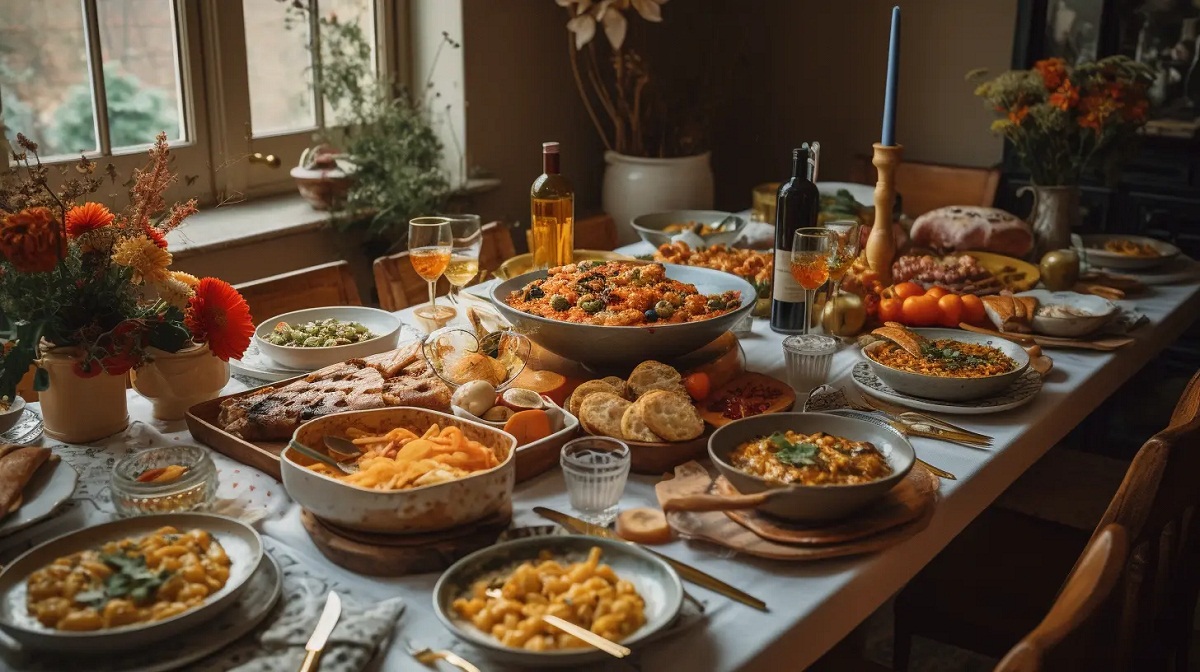
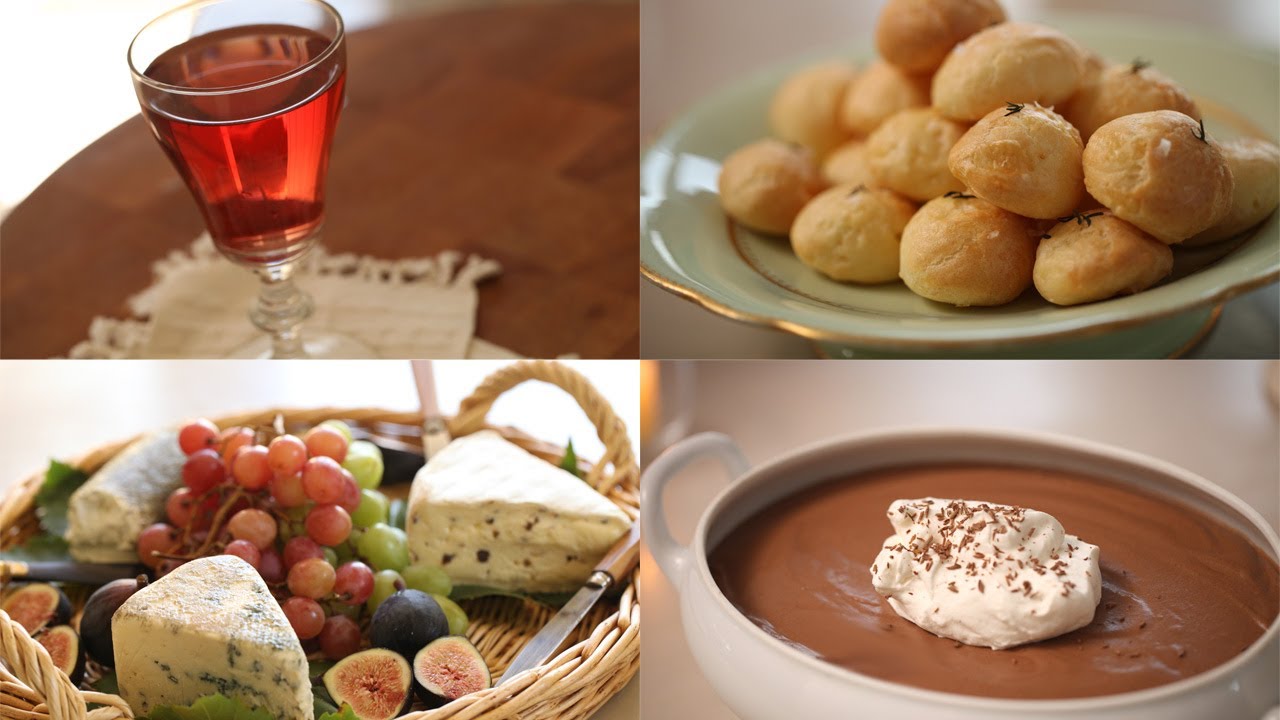


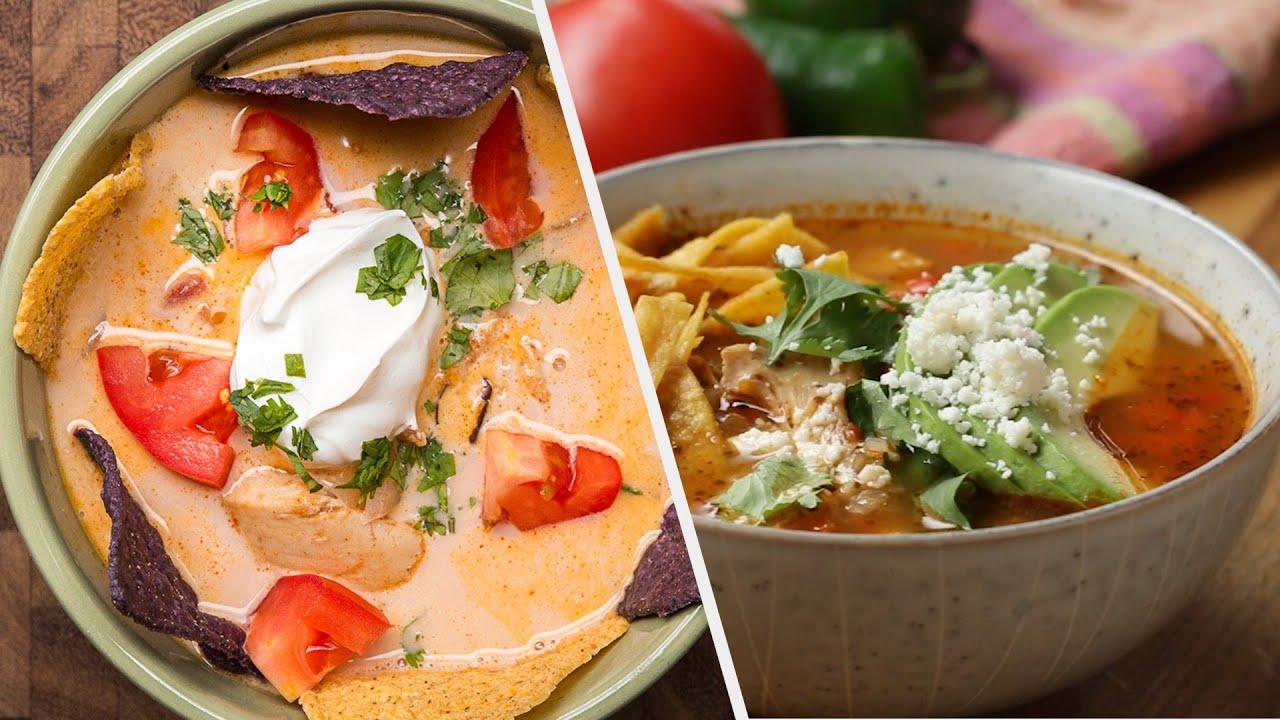
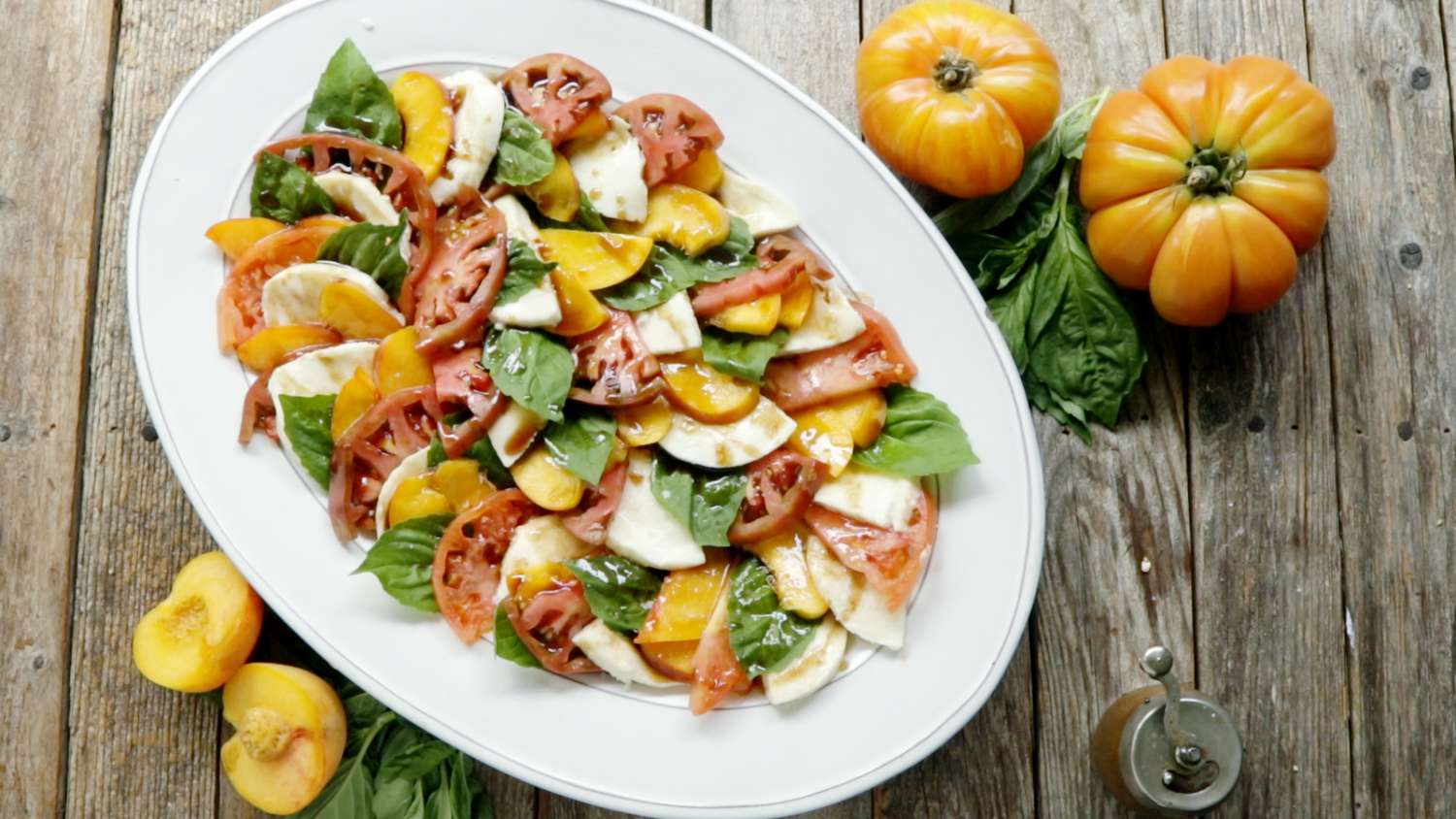

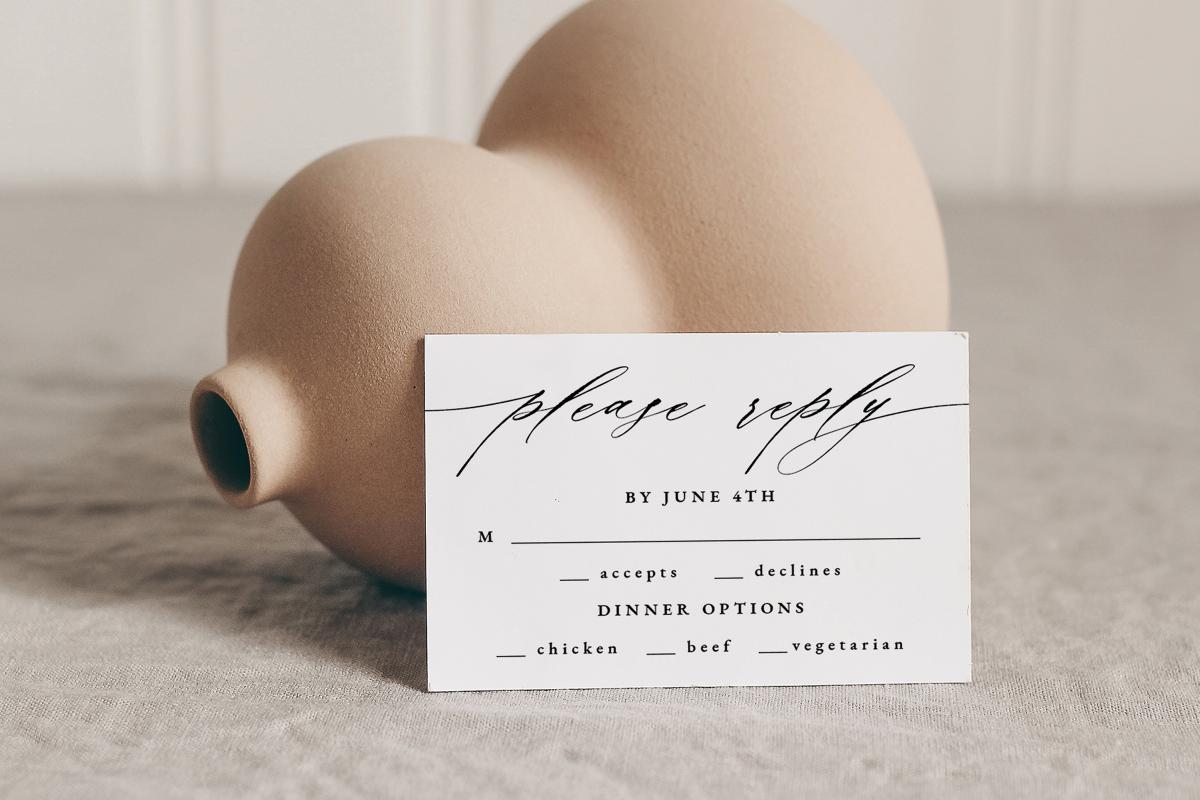
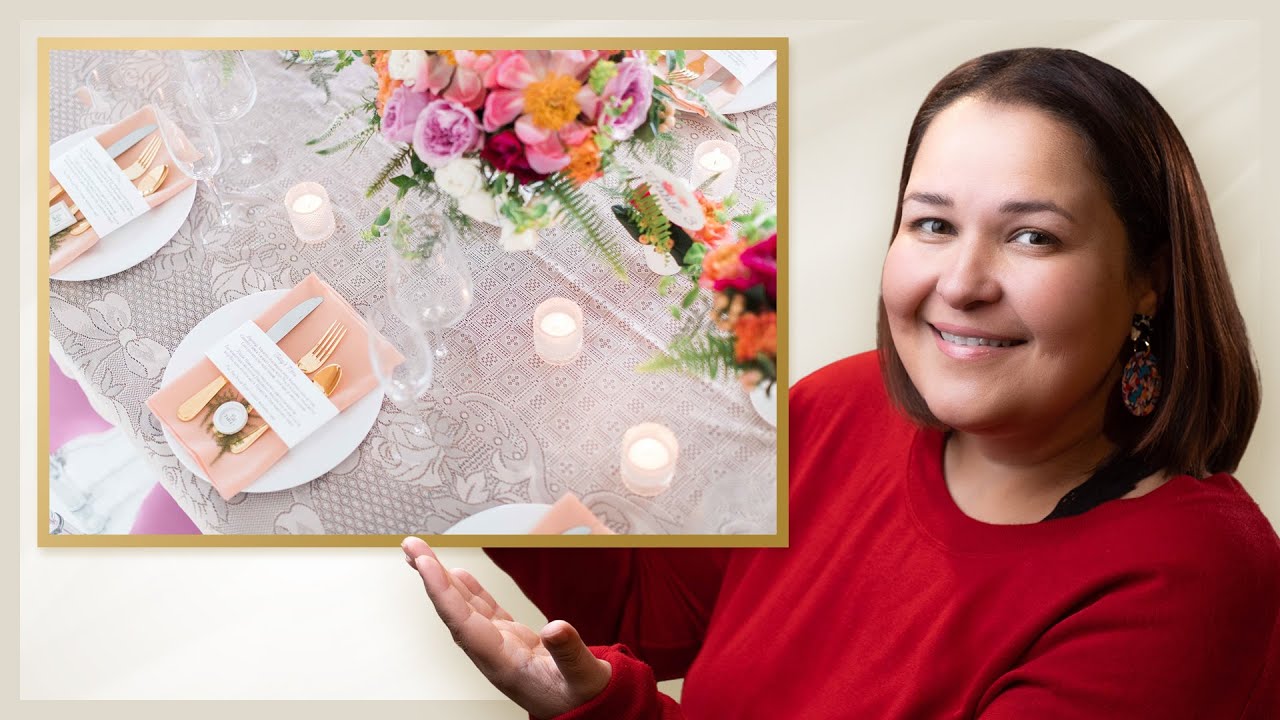
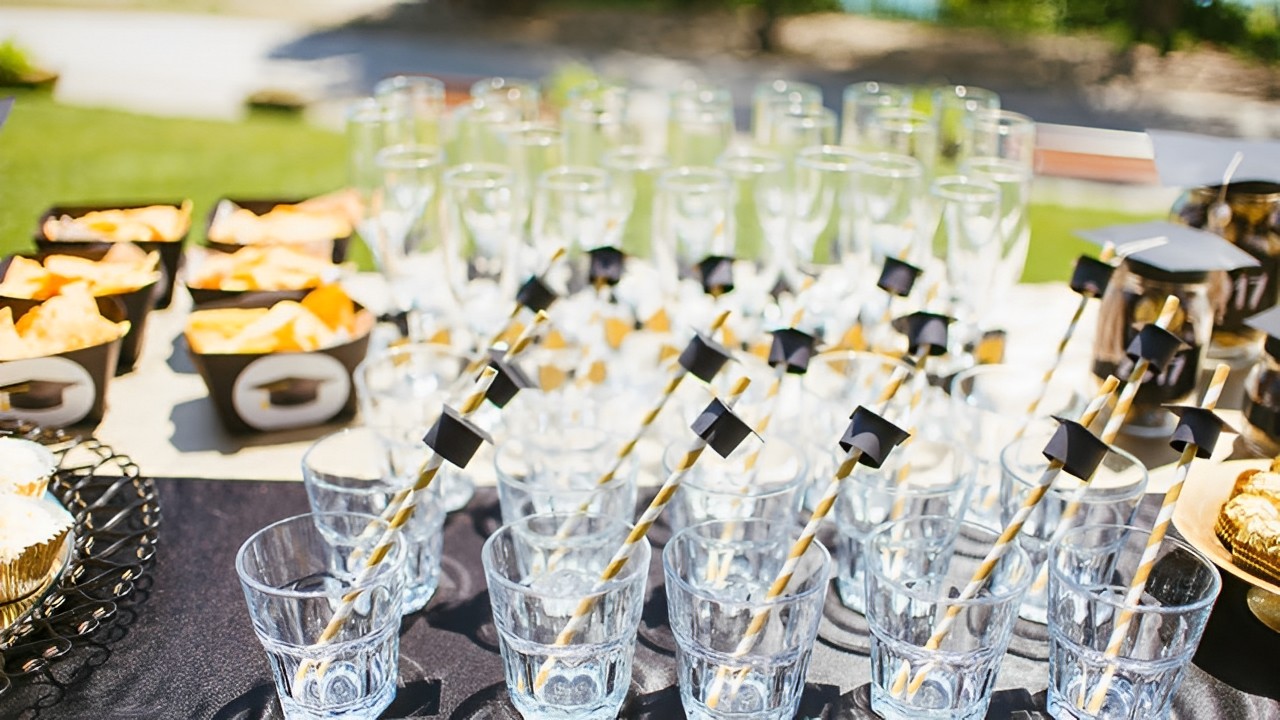

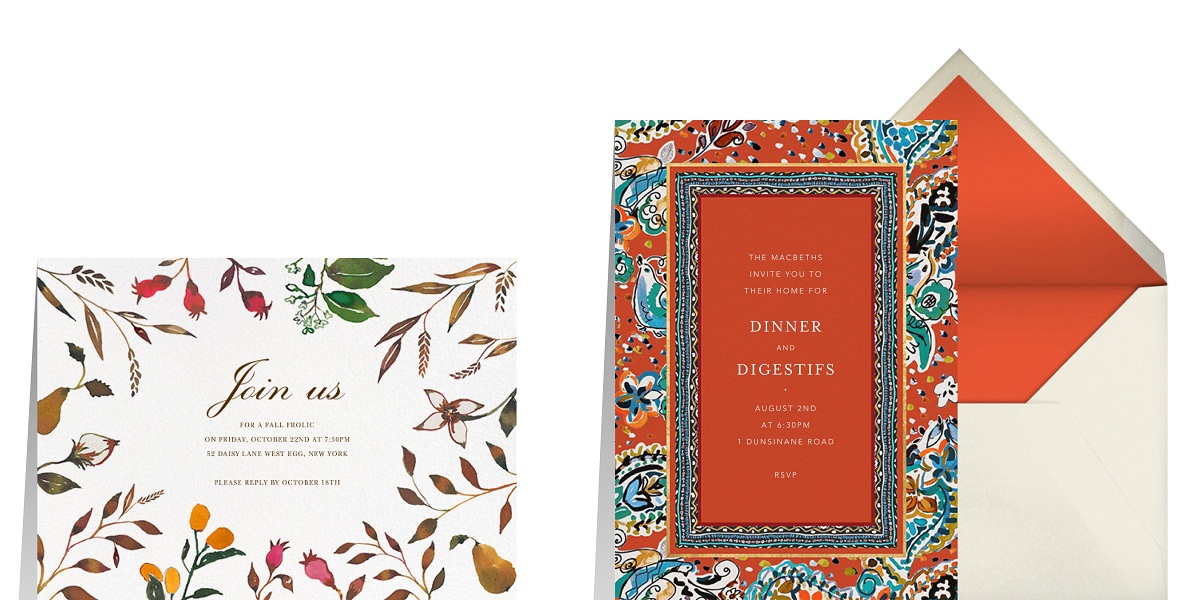


0 thoughts on “Dinner Invitation Etiquette: What Time To Serve”